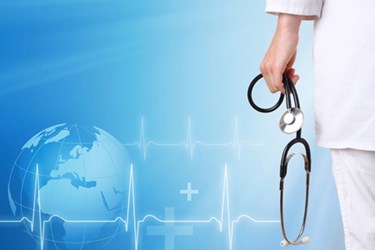Top Tech Trends Of 2015 And Their Impact On Your Healthcare IT Clients
By Megan Williams, contributing writer

The Institute Of Electrical and Electronics Engineers (IEEE) has released its list of top tech trends for 2015. While some of them don’t apply directly to healthcare, here are the the innovations and trends that will impact the healthcare industry, and in turn, your clients most directly.
Wearables
Wearables topped the IEEE list, specifically for the large number of benefits they bring with them: calls, tracking exercise routines, sending and receiving email and messages, etc. Regarding vendors, it’s predicted that both established players and small startups will get involved in launching new devices, applications, and protocols.
Internet Of Anything
While the Internet of Things has moved a bit farther along outside the healthcare industry, be ready to see innovation and growth as the industry is impacted by forces and technologies outside itself. The IoA expects to see a “common software ecosystem” to arise, that will allow for more accommodation of sensor inputs, system states, operating conditions, and data contexts.
Cloud Security
Security is on the short list of concerns everywhere. With more organizations moving their operations into the cloud, the cloud will need appropriate, enterprise-level security. Cloud systems will see the development of various techniques and tools to help avoid system fragility and vulnerability defense.
3D Printing
This innovation continues to be at the forefront of innovation in multiple industries, and healthcare will likely be no different. This year, sales of 3D printers are expected to grow at rapid rates as costs drop and various industries begin more active use of the technologies.
Predictive Analytics
The future, and its prediction, will be central in 2015. The results of decades of research by the data mining community will be realized in applicable ways in organizational settings.
Smartphones And Health
Smartphones and their impact on healthcare were specifically called out. They are predicted to play an integral part in reducing healthcare costs as mobile internet technology becomes more commonplace. As the article states, “Connectivity, interoperability, sensing, and instant feedback through smartphones all provide new opportunities for gaining insights into our health behavior.”
Embedded Security
Embedded security systems are more vulnerable to serious, malicious attacks. In the realm of healthcare, they are at even more of a risk, meaning that these mechanisms will need to be more closely scrutinized as threats to industry increase. The resources themselves also tend to be battery-powered and extremely constrained, adding even more importance to their reconsideration.
